Retail shops are changing quickly. Customers want real-time assistance, fast responses, and a flawless experience – online or in-store. Including a retail call center into regular operations is one of the best methods to satisfy growing expectations. When done well, it creates loyalty, raises satisfaction, and even increases income.

Why Now More Than Ever Retail Customer Support Matters
They expect a response quickly if they have questions regarding store hours, product availability, or refunds. And when they find it lacking? Their chances of simply moving to a rival are really great.
Retail customer support then comes in quite handy. Every client question is answered by a committed support staff, therefore avoiding needless delays. It offers consistent information, faster issue resolution, and higher service quality generally, therefore bridging the gap between online buying and in-store experience.
Support staff can additionally manage chores including order monitoring, payment problems, product recommendations, and even post-purchase maintenance by clever integration. Once only a luxury, this degree of service is practically expected today.
How a Retail Call Center Simplifies Procedures
A centralized call center serves purposes beyond only call answering. It simplifies departmental communication so that managers may make faster decisions depending on real-time comments.
For instance, the operations manager can move quickly to address long checkout times reported by multiple consumers at a certain location. Data gathered by a retail customer support center over time can show trends—such as which retailers receive most complaints or which items are routinely returned.
Agents in call centers also frequently become brand gurus. Constant training helps them to upsell, cross-sell, and offer correct information that increases foot traffic in-store. Some even serve as in-store support lines, assisting consumers while they peruse the shelves or place online orders.
Main advantages of a call center with retail focus
More stores are funding specialist assistance facilities for the following reasons:
raised client satisfaction: Happy consumers result from faster response times and customized service.Having an actual person to chat to during checkout helps to lower drop-off rates.
Improved resource management lets store staff concentrate on in-person customers while the call Center answers questions. Real-time feedback from calls enhances training, inventory planning, and promotions.
Read More: Retail Call Center
Best Practices for Configuring a Retail Call Center
Starting a call center successfully requires more than just staffing and donning headsets. Your strategy should reflect your brand, line up with your objectives, and focus the client.
Here is some things to give thought:
- Hire retail-minded people. This is about knowing how consumers buy, what they expect, and how to cool them when something goes wrong—not only about communication.
- Make use of ommonichannel technology. Key is voice, but don’t discount chat, email, or even WhatsApp.
- Write a script; yet, avoid making it robotic. Teach your staff to strike important information points with natural sound.
- Keep it local. Use someone knowledgeable with neighborhood needs, local promos, and retail locations. That gives your in-store support helpline more individual character.
- Determine what counts. Track weekly first-call resolution, customer satisfaction ratings, and call resolution time.
Scaling Retail Support without Sacering the Human Touch
The volume of client questions rises as your company expands. At that point, scaling your call center becomes essential—but it has to be done wisely. Too much automation can cause support to seem frigid or alien. And rushing hiring could result in uneven service.
There is balance here. Handle basic tasks using clever automation—call routing, artificial intelligence-based FAQs, self-service IVRs—that is. But let a real person handle complicated or emotional problems—like refunds, store complaints, or misplaced orders. Great retail customer support truly shines here.
How Effective In-Store Support Hotline Improves Physical Store Experience
Consumers who would rather shop in-store desire not to be behind in terms of service. Offering an in-store support hotline gives them quick access to inventory status, product information, or even on-demand customer service while they are really at the store.
Stores understaffed or during peak shopping seasons notably benefit from this hybrid strategy. Without waiting in line, customers can phone, seek assistance on a particular item, or even schedule services like pickup or adjustments.
Typical Mistakes Retailers Made with Help Centers
Many times, retailers start building support systems without enough thought. Here is something to stay clear from:
Ignoring comments from front-line employees—they typically understand what most consumers find difficult.
- Using scripts excessively can make your support team sound robotic.
- Not teaching empathy; support agents must listen, not only speak.
- Without multilingual support—especially in different markets.
Learn more about other contact center solutions services
Conclusion
Ultimately, a retail call center serves purposes more than only client assistance. It’s a driver for businesses. It links your brand to your consumers, links online and physical experiences, and increases genuine, quantifiable operational efficiency. Making investments in premium retail customer support, with choices like an in-store support hotline—helps you remain competitive in a saturated industry.
Don’t wait till consumers start to leave. Create a system fit for their present situation, and you will benefit later on.



